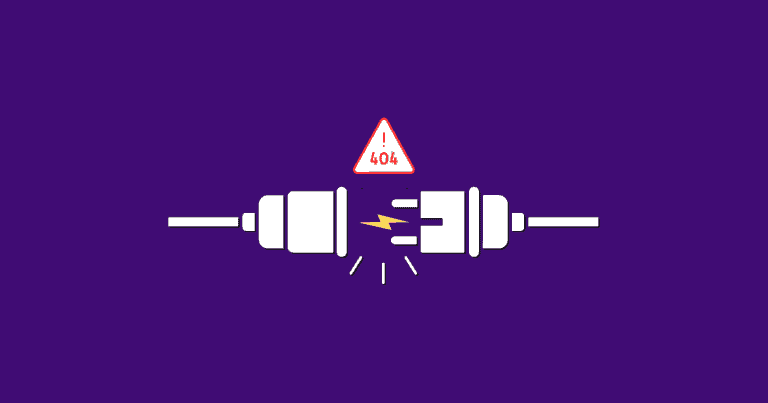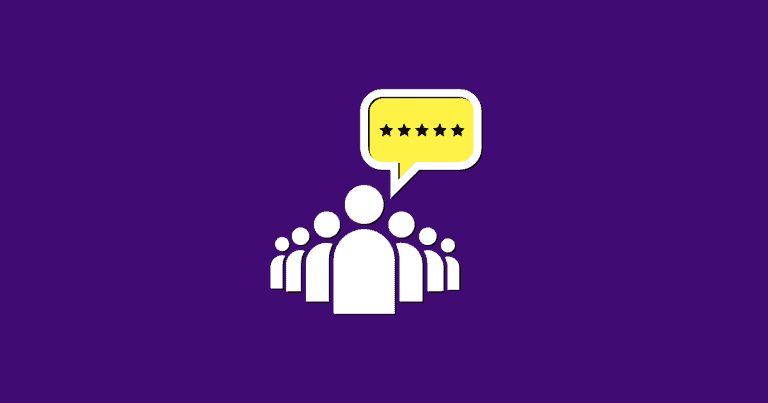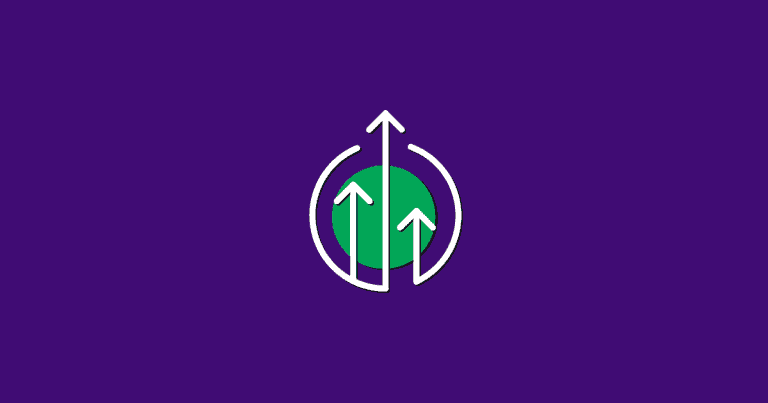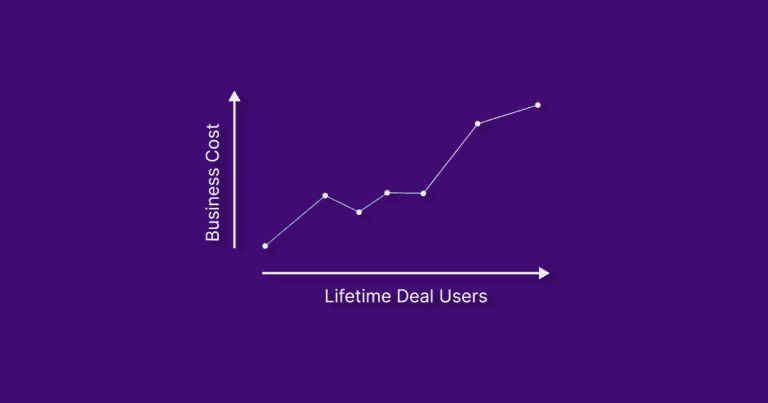Automated Email List Cleanup and Segmentation to Boost Conversions
You’ve spent hours meticulously setting up an email marketing campaign for your leads.
You crafted your message word by word. You’ve personalized it. And you hit “send”. Now you wait for the results…
What seemed to last forever hits you with harsh reality. Your email bounce rates are still climbing. Your open rate didn’t move up an inch, and conversions are a mere trickle.
The truth is that your email list is cluttered with disinterested or non-existent leads.
Success hinges on the precision and relevance of your emails. Let’s address the elephant in your outbox: cleaning up and segmenting your email list.
The Significance of Email List Cleaning
Did you know that email databases naturally degrade by about 22.5% every year?
It’s like throwing money into the wind. High bounce rates and spam complaints tarnish your brand reputation and land you in the dreaded spam folder.
In fact, statistics tell us that 53% of marketers believe list segmentation is critical to their email marketing success.
Another research shows that for every $1 spent on email marketing, a clean list can bring in $38, while a cluttered list barely brings in $1.
So, the next time someone scoffs at the idea of list cleaning, remind them that it’s the bedrock of a solid conversion funnel.
Why Must You Clean Your Email List Today?
Improve Your Email Deliverability: A cleaner list means you have more engaged subscribers. This helps you avoid spam filters and bounces.
Boosts Your Email Open Rate: A high email open rate is essential for a high conversion rate. Cleaning your email list increases the quality of your email list, keeping only the active subscribers.
Reduces Unsubscribes: Review engagement and remove disinterested subscribers before they unsubscribe.
Decreases Spam Complaints: Frequent spam reports harm your sender’s reputation and deliverability.
Cleaning your list is essential for maintaining engaged subscribers and preserving your brand reputation.
Unsubscribes and spam complaints can harm deliverability, so prioritize cleaning your email list to improve the returns from your email marketing.
What is Automated Email List Cleaning?
Automated email list cleaning is a process where software tools are used to automatically scan and analyze an email list to identify and remove invalid, outdated, or inactive email addresses.
It helps maintain the effectiveness of your email list (and your marketing efforts) by eliminating addresses that bounce, reducing the risk of spam complaints, and enhancing email deliverability.
Automating your email list cleaning saves time and ensures that your email campaigns reach only engaged and valid recipients, improving your email open rates, click-through rates, and overall email marketing performance with no extra effort.
Why Automate Email List Cleaning and Segmentation?
Manual email list cleaning involves human intervention to review and update email lists which is vastly time-consuming.
Marketers or data specialists manually identify and remove invalid, outdated, or duplicate email addresses. While it offers control and precision, it can be time-consuming, especially for large lists.
On top of that, manual cleaning is also prone to human errors, and it may not be suitable for real-time updates or rapid data changes.
Automated email list cleaning, on the other hand, uses software and algorithms to automatically scan and update email lists.
It efficiently identifies and removes invalid or inactive addresses, enhancing your email deliverability.
Automated cleaning is fast, accurate, and ideal if you have to manage large lists. It also makes it easier for you to detect subtle data issues that might be missed manually.
It enables you to be proactive since it is a continuous process that adapts to changing data conditions, ensuring list hygiene over time.
All these advantages make automated email list cleaning and segmentation a preferred choice for maintaining clean and up-to-date email lists, especially for larger databases.
How to Automate Your Email List Cleaning?
Automating email list cleaning is a smart move to maintain a healthy and up-to-date subscriber list for your email marketing.
Setting up automated list cleaning is a breeze. You only have to configure your rules to identify and remove inactive subscribers and bouncebacks.
Follow these steps for a complete walkthrough on how to automate your email list cleaning.
Step 1: Choose an Email Marketing Platform with Built-in Cleaning
Start by selecting an email marketing platform that offers built-in list-cleaning features.
Popular platforms like Mailchimp, HubSpot, and Constant Contact provide automated list-cleaning tools.
Ensure that the platform you choose aligns with your specific needs.
Step 2: Import Your Email List
Once you’ve chosen your platform, import your existing email list into the system.
Ensure that you follow best practices for data import, including proper formatting and organization of your list.
Step 3: Set Up List Cleaning Rules
Within your chosen email marketing platform, navigate to the list management or segmentation section.
Here, you can create a list of cleaning rules or segments.
Rules can include criteria such as email bounce rates, engagement levels, and subscription status.
Step 4: Define List Cleaning Criteria
Specify the criteria that will trigger the list-cleaning process.
For instance, you can set a rule to automatically remove email addresses that have bounced three times or more.
Additionally, you can segment your list based on engagement levels (e.g., subscribers who haven’t opened an email in the last six months).
Step 5: Schedule Regular Cleaning
Most email marketing platforms allow you to schedule regular list cleaning.
Decide how frequently you want the system to check and clean your list, such as weekly, monthly, or quarterly.
Regular cleaning ensures that your list stays up-to-date.
Step 6: Configure Automatic Actions
Next, configure the actions that should take place when the list cleaning criteria are met.
Typically, you’ll want to set up automatic removal of email addresses that no longer meet your criteria.
Some platforms also offer options to re-engage subscribers before removal.
Step 7: Review and Test
Before enabling automated list cleaning, review your rules and settings carefully.
Ensure that they align with your email marketing goals and strategies.
Test the process to confirm that it works as expected.
Step 8: Monitor and Adjust
Once automated list cleaning is active, regularly monitor the results.
Check the reports provided by your email marketing platform to assess the impact on your list size, engagement rates, and deliverability.
Adjust your list cleaning criteria as needed to achieve the desired results.
Step 9: Maintain Excellent Data Hygiene
In addition to automated cleaning, encourage subscribers to update their information and preferences through preference centers.
Implement double opt-in processes for new subscribers to ensure data accuracy from the start.
Step 10: Stay Informed
Stay updated on industry best practices and email deliverability guidelines.
One of the best ways to do it is to keep an eye on the product changelog and the roadmaps of popular email marketing tools.
You can also subscribe to their newsletters and follow their blogs for the latest trends and updates.
Email marketing evolves, so keep learning and adapting your strategies to maintain a clean and effective email list.
Tools for Automated List Cleaning and Segmentation
Email marketing automation platforms, like MailChimp, HubSpot, and ActiveCampaign, turn your dreams of clean lists and sharp segmentation into reality.
They clean, organize, and segment your lists with surgical precision.
Do a quick research based on your requirements. Choose the tool that suits your B2B marketing needs best. You can also explore popular SaaS Marketplaces to find new lesser-known tools, that will be more affordable with easy-to-reach customer support.
These platforms also integrate with tools like NeverBounce and ZeroBounce to ensure pristine lists.
(Disclaimer: Products mentioned are not recommendations.)
The Benefits of Segmentation in B2B Email Marketing
Segmenting your B2B email list is a great way to increase engagement, conversions, and ROI.
By dividing your large email list into smaller segments, you create groups of people who share a few common interests or characteristics. It helps you send highly relevant emails that instantly connect with your audience.
This helps you create a personalized experience for each recipient and increase engagement in addition to the following benefits.
1. Personalization Through Segmentation
Personalization makes all your emails more relevant, boosting engagement and conversion chances.
And since your emails resonate with all your leads’ interests, it results in higher open and click-through rates for your business.
2. Enhanced Lead Nurturing and Conversion
Guiding your leads through different buying stages with tailored content improves the brand experience for all your leads.
It helps win credibility with them ultimately helping you convert them with zero to minimal objections.
Meanwhile, it also reduces unsubscribes from your potential buyers since all the content that you share aligns with the recipients’ expectations.
3. Better Data Utilization
Segmentation provides better data utilization for a deeper understanding of leads and customers.
It enables you to create highly effective targeted email marketing strategies.
Ultimately, higher conversion rates and increased ROI are achieved by providing targeted content and offers to segmented groups.
Measuring and Analyzing Results
Automation not only works its magic but also keeps score.
Track and measure the impact of automated list cleaning and segmentation on crucial email marketing metrics.
A/B testing becomes your ally in optimizing segmentation strategies.
Prepare to be amazed as your campaigns show improvement – open rates climbing, click-through rates increasing, and conversions rising.
Let the numbers tell your email marketing success story.
Conclusion
In the world of B2B email marketing, automation isn’t just a tool; it’s the key to unlocking precision, efficiency, and results.
Clean lists and sharp segmentation aren’t optional; they’re the foundation upon which successful campaigns are built.
Embrace automation, clean up those lists, slice them into segments, and watch your B2B targeted marketing drive the growth of your business.




